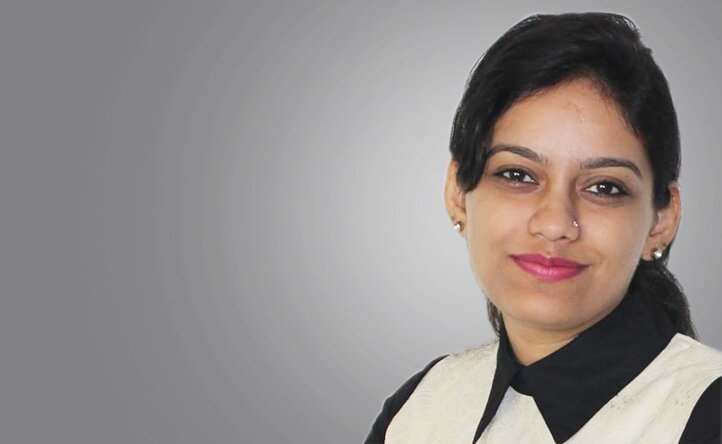Health Analytics India - An Initiative By dataLEADS

By Nabeela Khan Inayati
Published on 5, March, 2018
In the wake of four unfortunate incidents in Delhi NCR region where patients died in private hospitals, the National Pharmaceutical Pricing Authority (NPPA) sought billing details from the hospitals after allegations of overcharging and medical negligence.
In each case, the NPPA received complaints of overcharging and inflated bills from relatives of the diseased. The data and details of prices submitted by all the four hospitals (names have not been revealed honouring confidentiality by NPPA as requested by hospitals) highlight the culture of deceitfulness rationalizing cheating across the private healthcare in India.
Yet over 50 per cent Indians go to a private healthcare facility because of poor healthcare facilities in the public health facilities. The apex body for price control of drugs and medical devices investigated medical bills issued by several private hospitals in the country after family of child, died of dengue at Fortis Hospital, Gurugram, complained against the hospital’s Rs 18-lakh bill.
The NPPA report was shocking as it revealed how some private hospitals are inflating medical bills by prescribing drugs which do not fall under price control. I learnt three main things in reading the NPPA report.
1. Ambiguities in the drug pricing rules
The report of drug pricing authority shows that hospitals make money on medicines under price control as well as on medical devices and consumables. But, the lion’s share comes from non-scheduled formulations which are not under price control, consumables not listed as drugs and devices which are also not under price control. The cost of drugs that are under price control accounts for only 4 per cent of the total bill. And non-scheduled formulations make up 25.67% of the bill. Another aspect to this issue is pharmaceutical companies avoid the price ceiling by the simple trick of adding or altering one or more ingredients in a price-controlled drug. This helps in shifting from regulated to unregulated drugs. The market also has major influence on the healthcare sector and bloating out of pocket expenditures (OOP) as around 42% of the total OOP spending goes in buying medicines.
2. Ballooning of expenses by hospitals
The drug pricing authority found charges for diagnostics at private hospitals were invariably found to be higher than diagnostics facilities provided by other independently run private centres. The charges for hospital diagnostic services accounted whopping 15.56% of the bill. It is the second highest component of the NPPA report. The hospital room rent and consultation & supervision form 11% and 12% respectively of the total amount billed which also goes directly to the hospital. NPPA concludes that major beneficiaries of profits in all these cases because of inflated MRPS have been hospitals.
3. Not just pharmaceuticals but medical devices should also be regulated
Medical devices, equipment, non-scheduled devices are also the major source to earn huge profit margins as there is no price ceiling on such tools. Non-scheduled formulations (which include syringes, catheter, canula) make up 25.67% of the bill. Profit margins for hospitals were found to be the highest on consumables (surgical masks, gloves) from almost 350 per cent to over 1,737 per cent. The NPPA report showed 1000 -1200% profit on syringes. In fact, purchase price for a three-way stop cock, BI valve, GS-3040 for the hospital was Rs 5.77 and a 1,737% margin on procurement price was charged, according to NPPA.
Ten days after the release of evidence of profiteering by private hospitals, the chairman of drug pricing authority Bhupendra Singh was transferred last week.